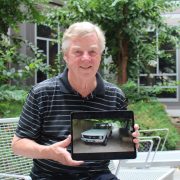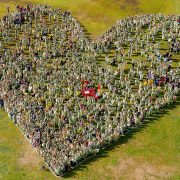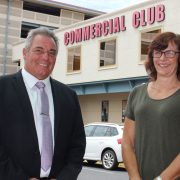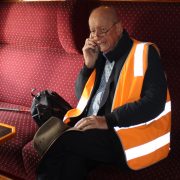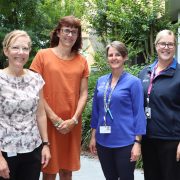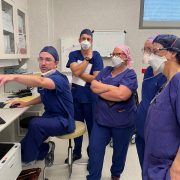Pillar 2: Research
Photos Helped Older Cancer Patients Share “What Mattered Most” in World-First Study at Regional Centre
A world-first research project at the Albury Wodonga Regional Cancer Centre (AWRCC) used photographs taken by patients to help doctors better understand their priorities, challenges, and personal circumstances during cancer treatment.
The feasibility trial, undertaken in partnership with La Trobe University and funded by the AWRCC Trust Fund with $18,988 in community donations, explored whether patient photos could be integrated into geriatric assessments for older adults living with cancer.
Eighteen patients aged 70 and over took part in the study, with each providing two to four photographs that they felt best reflected their lives. Photos ranged from family photos to pets and hobbies, to their home environment, and even how patients travelled to appointments. These photographs became the starting point for in-depth conversations with researchers, who then created multimedia case reports for discussion with the patient’s multi-disciplinary team.
And the results? The researchers found that this new approach provided powerful patient insights that were not usually captured in routine medical assessments. The photos and resulting conversations highlighted “What mattered most” to patients while also revealing their individual strengths, challenges, and personal goals. This new method for capturing information about each patient helped make decisions about their treatment.
“Photographs taken in their own environment provided patients with a way to communicate more openly and allowed clinicians to understand the context of their lives,” said Associate Professor Christopher Steer, Research Lead. “We have learnt that this approach supports age-friendly, personalised care. We experienced improvements in communication between both us and the patients, which in turn helped us to ensure treatment was centered on each individual’s needs.”
The success of the feasibility trial positioned the AWRCC as a national leader in developing age-friendly, patient-centered cancer care. Researchers believed it was the first time photographs had been used in this way within a clinical cancer setting anywhere in the world and was made possible through community donations.
“This work would not have been possible without the support of our community through the Trust Fund,” the research team said. “By listening to patients and giving them the tools to share their stories, we not only shaped better cancer care locally, but also set an example for cancer centres across Australia and beyond.”

